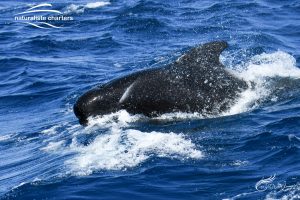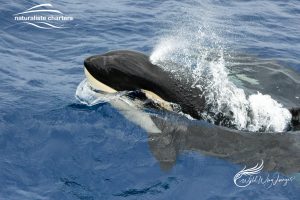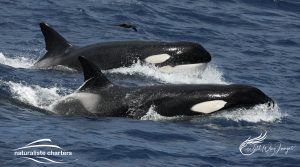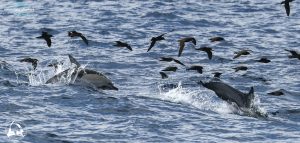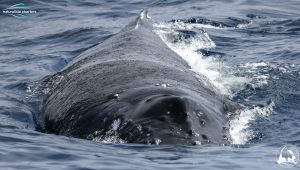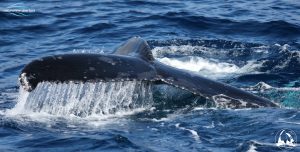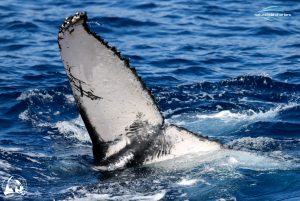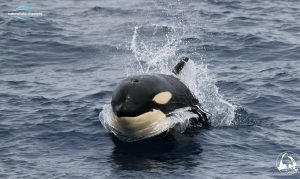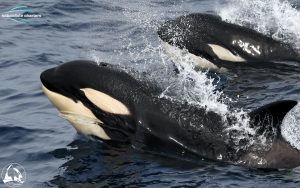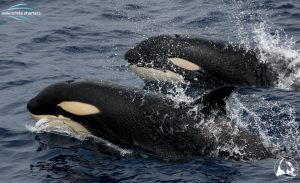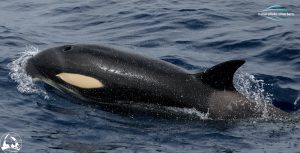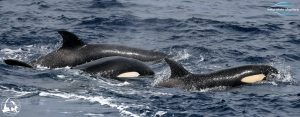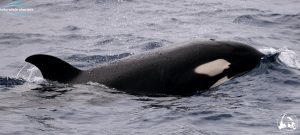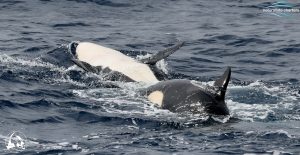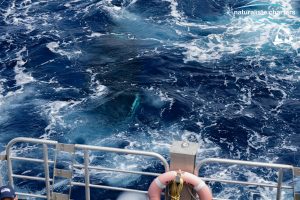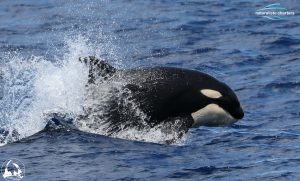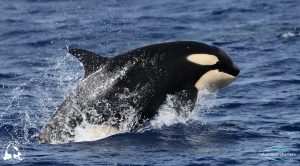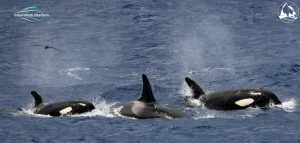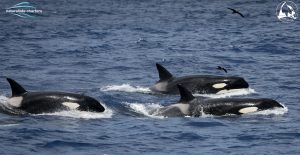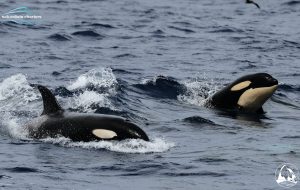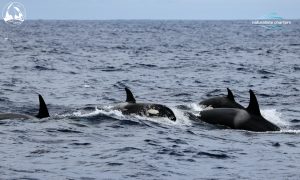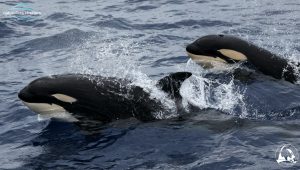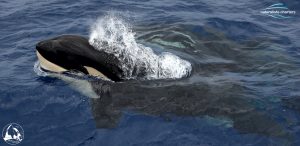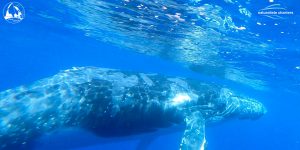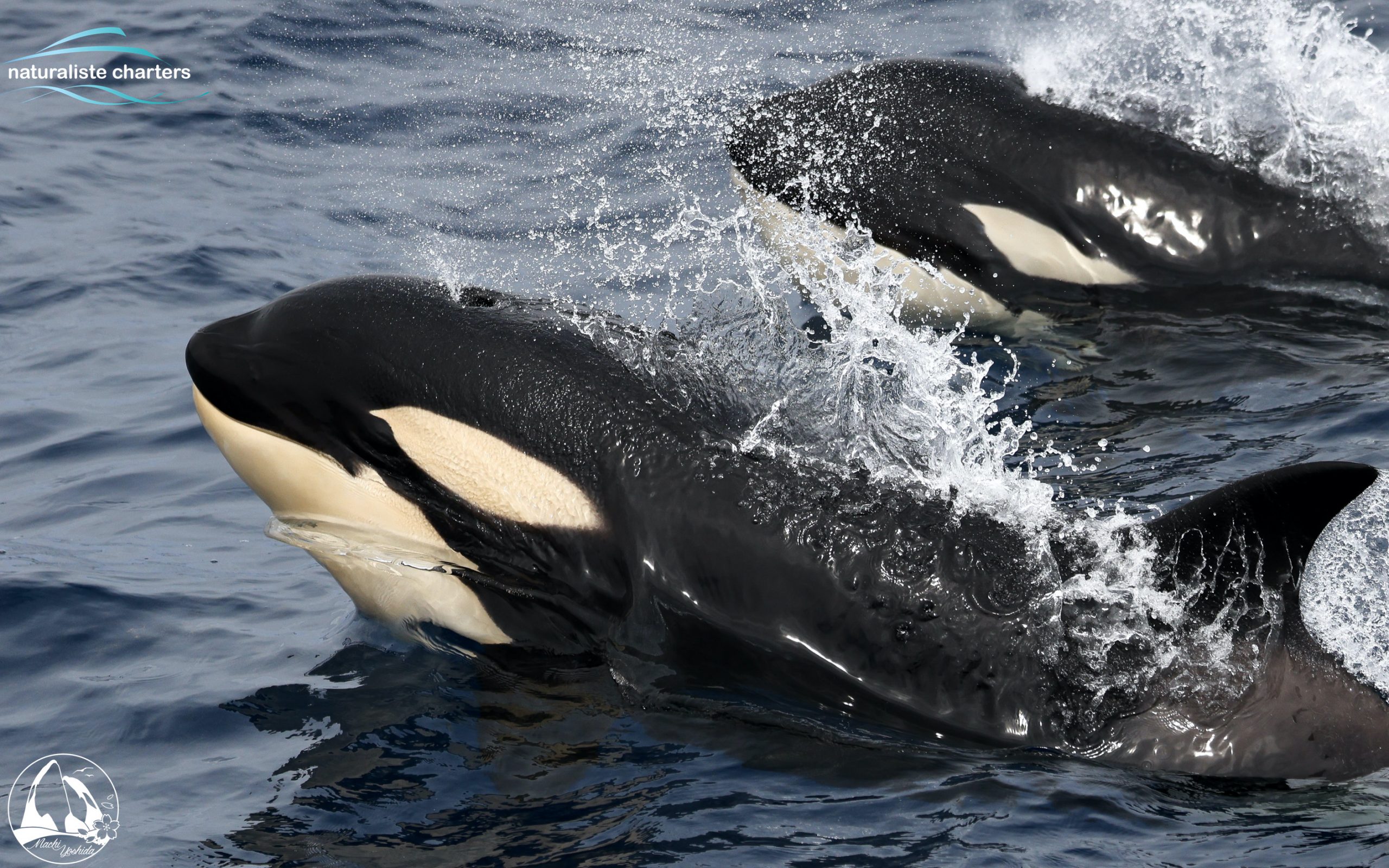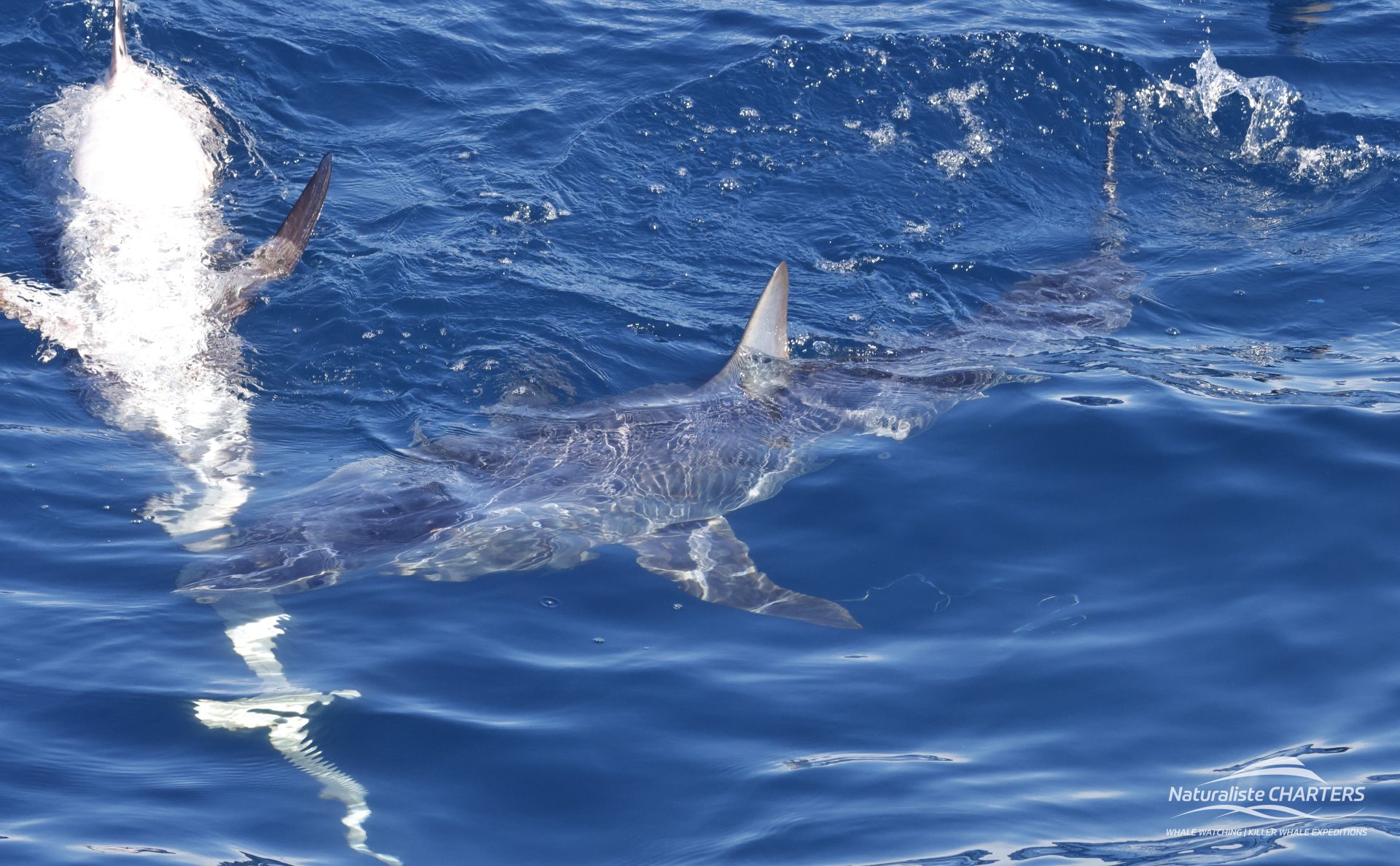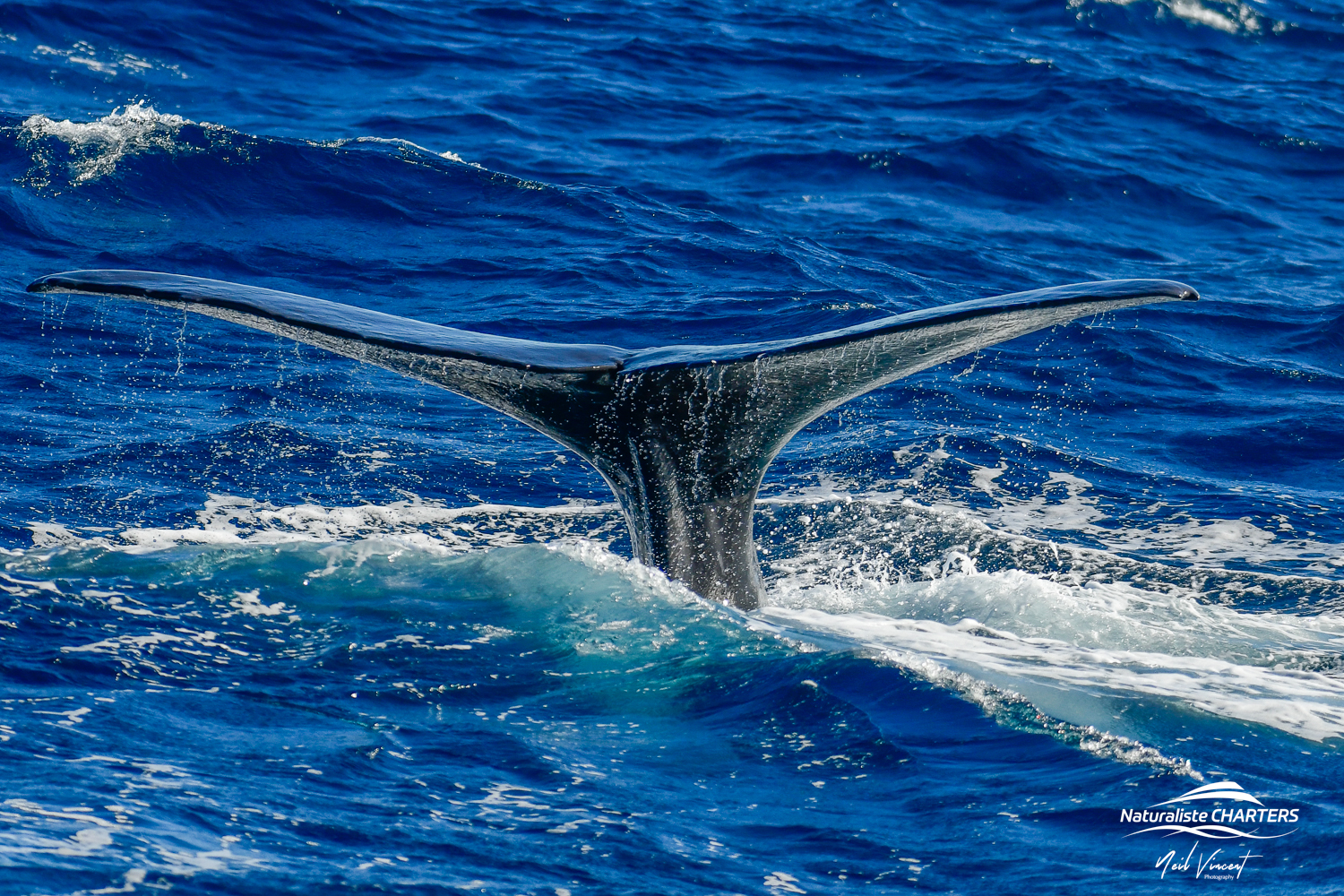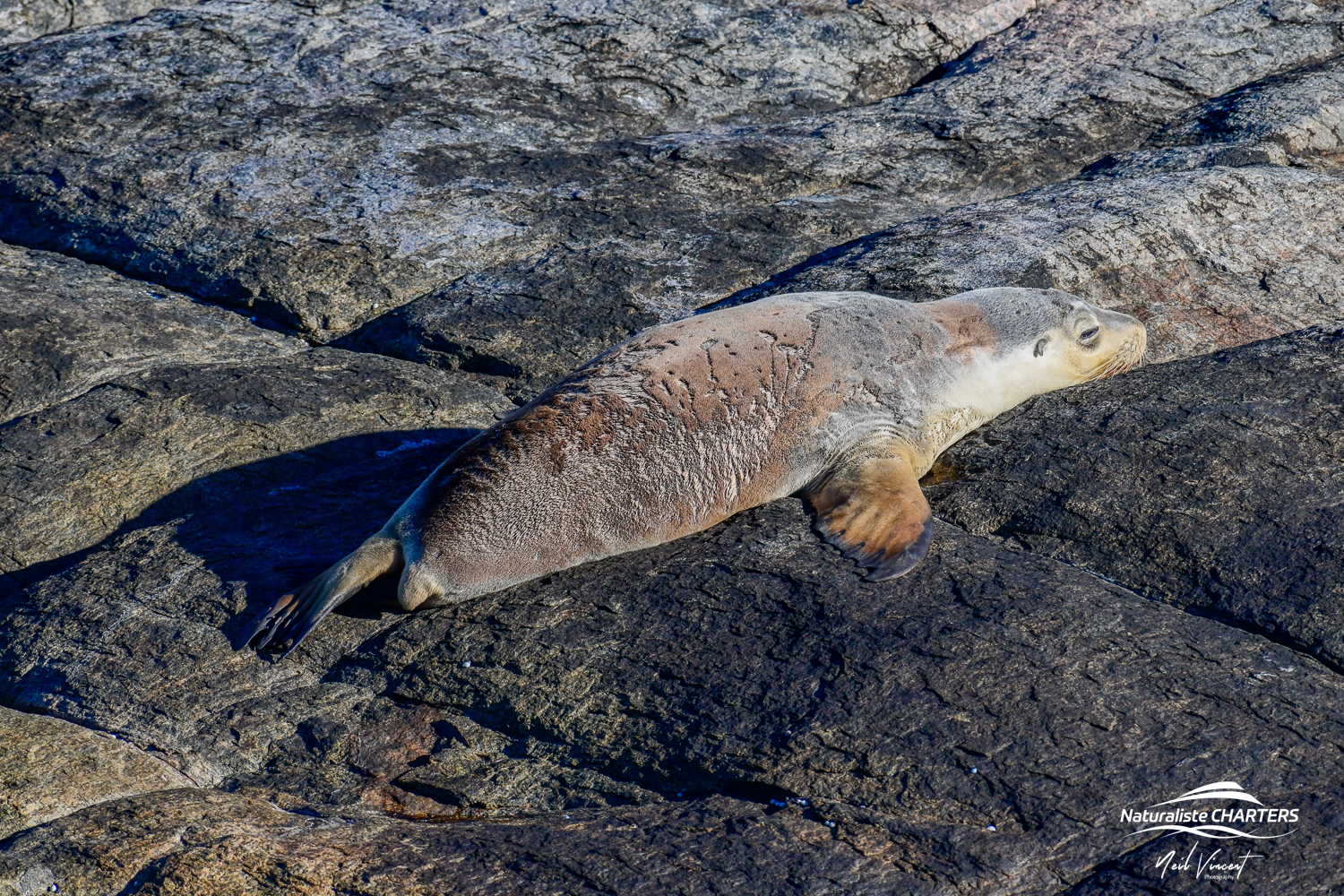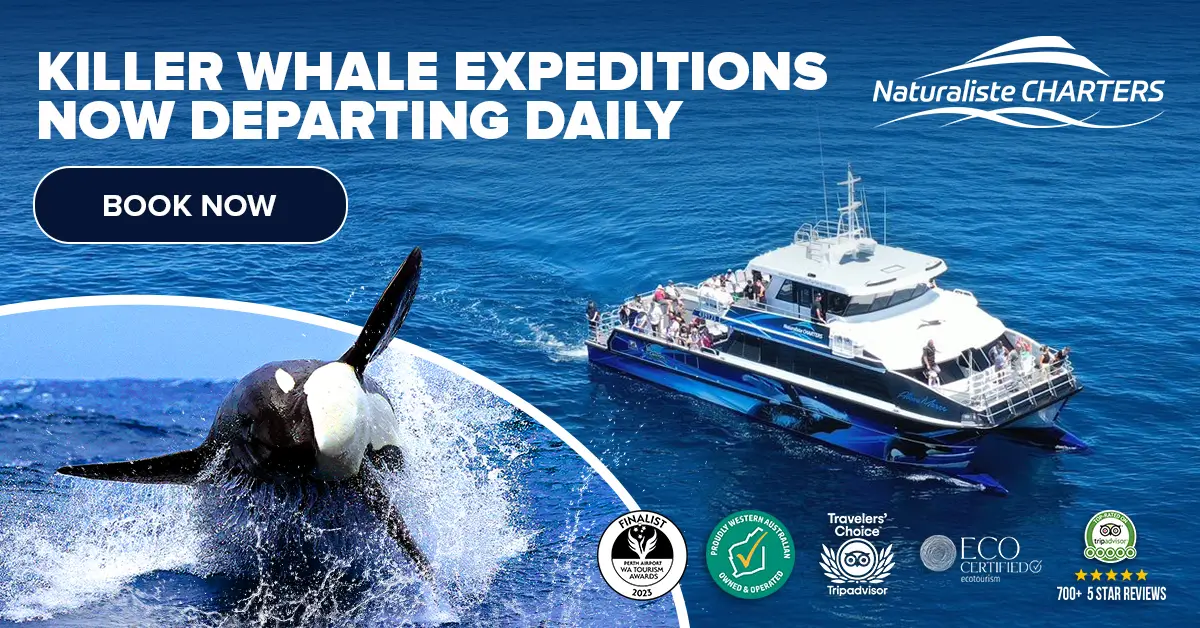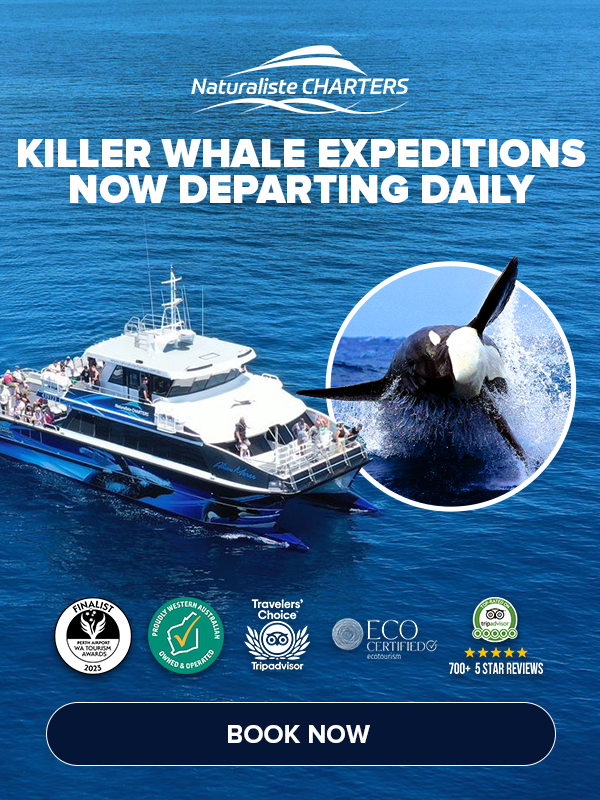Fact: The waters are warming.
Today’s observations left only question marks. After 7 years of sitting back and observing behaviours we’ve got to know not only pods but individuals’ characteristics within the Southern Oceans largest population of orca. We’ve noted trends, discerned patterns and the most exciting thing is that we STILL continue to be gobsmacked and left blindsided by what we uncover. Today was one of those days.
During our lifetime (60 years) we’ve managed to entrap plastic in the oceans deepest trenches and everywhere in between. The rate of global warming has accelerated by over 200 times in the past 20 years than the last 7000 years prior. Today we observed one of the impacts of this warming earth. The warming waters have melted ice caps, reducing the global krill stocks by 40% in the past 20 years! Melting ice-caps reduce the number of algae that grows beneath the ice. The krill rely on this algae to feed resulting in a significant loss of primary productivity at the base of the entire ecosystems food chain. OR in other terms, the whales food source has almost HALVED.
We were still on the cusp to the continental shelf edge (500m of water) when we sighted the blows. One blow stood out from the crowd, we were instantly warped back to Augusta. Why? Because it was a HUMPBACK. Humpbacks are a species we regularly sight on our winter tours out of Augusta. The Humpback population spend the Austral summer feeding in Antarctic waters (between Nov-May) before migrating north (between June-August) to their breeding grounds around Ningaloo-Broome along the WA coast. Might I add, its only February!
With the population increasing (yay a positive!) there is always room for variation in the migratory periods, however encountering a young humpback alone at this time of year is extraordinarily rare and unprecedented.
The humpback quickly sought refuge between the two tourism vessels. At first glance, you could see the distinct rake marks around the dorsal region and flesh wounds surrounding the area in which the dorsal fin was situated only moments earlier. On closer inspection, you could see the poor body condition of the juvenile humpback. The skin was peeling, the dorsal side was riddled with cookie-cutter shark bites, there were severe bangs and nicks along the entire backbone and the animal looked underweight and sickly thin throughout the peduncle region.
The young humpback seemed distressed as it continuously circled and hugged the vessel, never diving, breathing both erratically and vocally in its attempt to evade the surrounding and increasing number of orcas. The injuries were prominent but at this stage not severe or life-threatening.
There were 2 pods, Split-tip, and Wonks in the closest proximity focused on the whale. The orcas were darting between the boats for only minutes before they started to dissipate.
It wasn’t long before pilot whales surged in, two distinct pods hung about ½ a mile off the vessels. There were also 4 other pods of orcas on the outskirts. The scenario seemed like déjà vu, except this time not with the worlds’ largest animal the blue whale, and two months earlier!! The orcas stayed In the distance, not coming back in toward the humpback before fleeing the area only minutes later. WHY?
We had to roll the dice. Did we stay and patiently wait while the humpback hung around the hull? Or did we venture east to follow the evading pod of orcas that now seemed to have no interest in the ill and injured whale. We decided to leave the area and let nature take its course, no matter what that may now entail. As much as we’d love to “save” the yearling we didn’t want to impede the natural environment. We gave the animal only well wishes as it hovered beneath the other vessel.
It wasn’t long before we’d ventured up to another pod. 1,2, 3 bright orange calves (born this season) AND 3 other juveniles all rolling and playing amongst one another. One of the young males was so excited that even we could see (that he was in fact a he)! We were intrigued as there is often at least ONE adult that remains with the calves BUT this time they’d been entrusted in our supervision. Over 40 minutes had passed and we’d been witness to the cutest and most playful orca interactions! Then one dart, two splashes and a miniature SURGE! The calves had been summoned back to their own family pods. Three pods of mature orcas rose from the depths out of nowhere as if they’d been following us just to our stern!
The wind and swell began to pick up and the orcas turned for home after taking us over 7 miles east and into 2000m of water. We managed to pick up another pod that cruised with us back through the hotspot on our way toward home. It was a unique day, dissimilar to any other this season. You truly never know what or WHALE to expect!
Food for thought – Observations are a key part of the research. Tourism is an affordable and invaluable way to assess a population under the current economic climate. What about our environmental climate? And more importantly…where is the line? Let’s just remember that the traction we’ve gained by studying this population of killer whales has enabled their increased protection, against oil and gas exploitation in the area and the expansion of marine park protected areas, and with that, we’ve left a positive mark.
